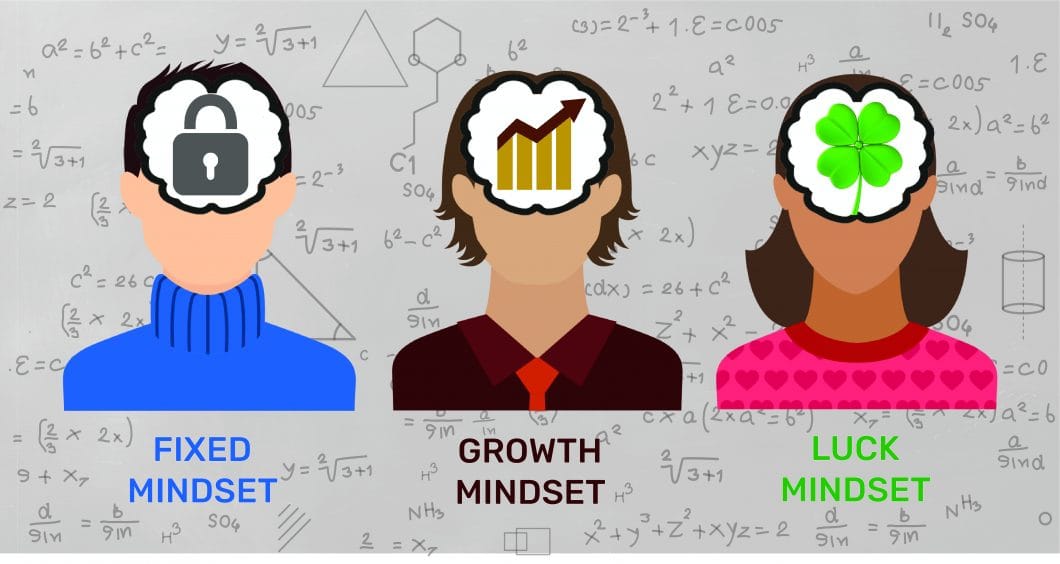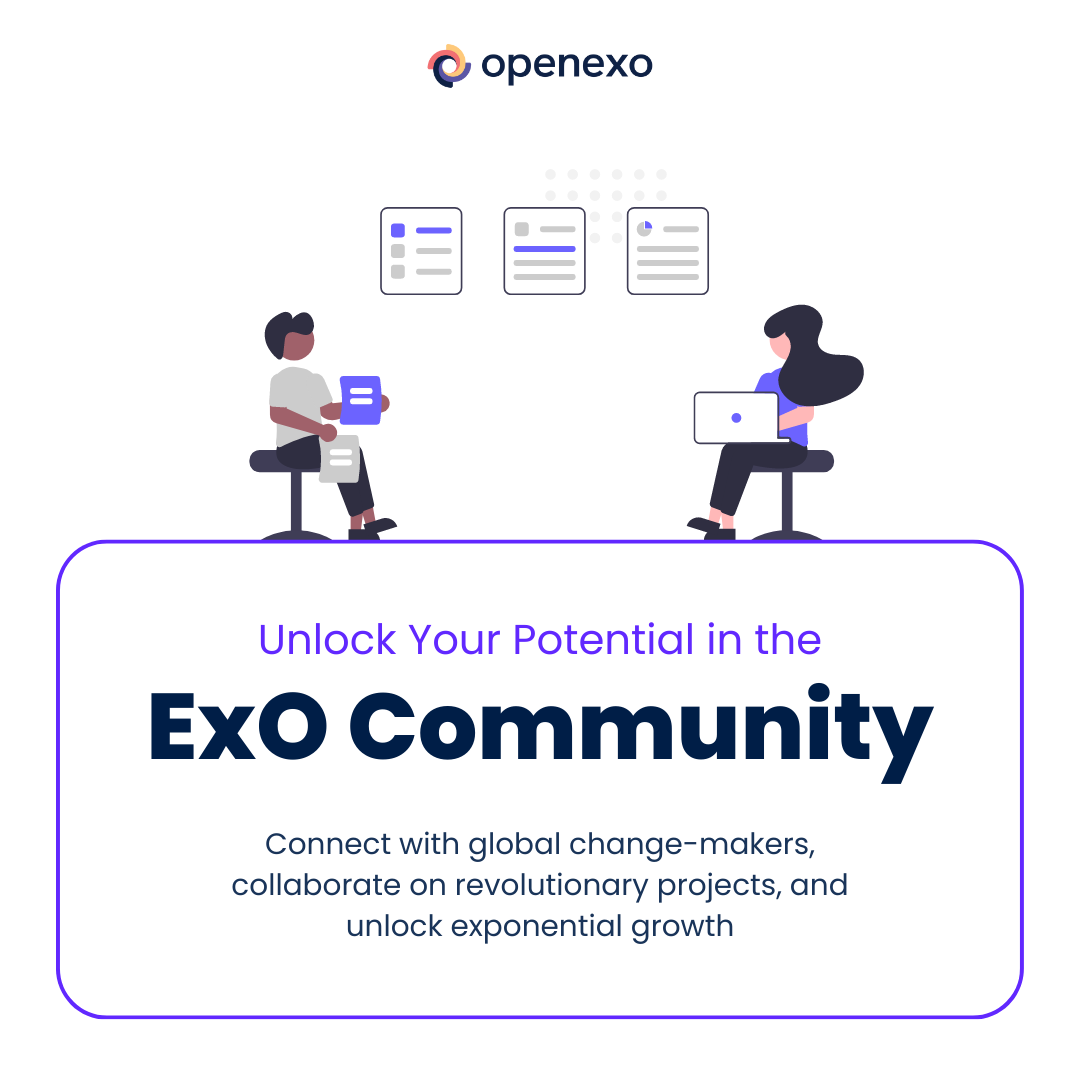
Intro to the Luck Mindset™
This introductory article focuses on what Luck IS and is NOT, where the concepts behind it evolved from, where it leads to, and introduces some key tools you can start using to change things for the better. It introduces the Luck Mindset, an approach that future articles will dive into and explore.
This article is your starting point to understanding the key principles behind the Luck Mindset - as researched and shared in my best-selling Forbes book, The Formula For Luck. This introductory article focuses on what Luck IS and is NOT, where the concepts behind it evolved from, where it leads to, and introduces some key tools you can start using immediately to change things for the better.
An easy place to start your journey to making Luck a key tool for personal and professional growth is found in the powerful simplicity of the Luck Mindset.
The Luck Mindset is essentially the next step in the evolution of Carol Dweck’s 2006 work Mindset: The New Psychology of Success. In that book, Dweck explored the ways that our striving in life is based on an underlying sense of who we believe we are. What Dweck’s research showed was that some people operate with the belief that their intelligence, character, and creative abilities are essentially static and so don’t really change in any substantive ways throughout life. These people believe, in other words, that their abilities and talents are fixed, that any success (or failure) they ultimately achieve is an affirmation of those inherent abilities.
Alternatively, Dweck noticed that people with a growth mindset believe that their abilities can be developed through effort. These people tend to thrive on challenges and see failure as a jumping-off point for evolution, an opportunity to stretch and improve upon their innate powers. Whether we operate with a fixed or growth mindset indicates that self-perception has a significant impact on our choices, our relationships, and our actions—on all the ways we show ourselves to the world.
Ultimately, our mindset shapes the things we do in our pursuit of happiness and meaning in life. What Dweck observed is that people with a fixed mindset tend to see risk-taking or putting in effort as potential doorways for others to witness their inadequacies. These people don’t put themselves out there because they are too fearful of the embarrassment and shame that might result. But those with a growth mindset—precisely because they believe that effort and deliberate practice will lead to improvement—possess a commitment to practice and improvement that requires that they take some risks and invest a lot of hard work.
If the fixed mindset leads to a vicious cycle in which fear ultimately turns to frustration and back, the growth mindset fosters a more victorious cycle in which openness to opportunity leads to accomplishment and greater development. It will come as no surprise that the Luck Mindset, therefore, follows as more of a manifestation cycle, where we actively intervene, inform, and instruct key processes resulting in outcomes never before imaginable – and otherwise only describable in hindsight as lucky.
My work expands upon Dweck’s insights by adding the Luck Mindset as the third and the ultimate classification. If you’re already well practiced in having a growth mindset, this is an invitation to go further and develop a new set of targets, goals, and aspirations aimed at leveraging your thoughts and beliefs into creating highly impactful actions and outcomes.
A detailed explanation that explains how we can intervene and manifest outcomes well beyond those which are otherwise simply offered to us is presented in my book, and a comprehensive and easy to reference chart that you can print and pop on your wall is also available on my website via this link.

To make it easier to learn and apply, I have broken it all down into 10 mindset characteristics and mapped them to the 10 Principles in the Formula for Luck. Each of these are then clearly explained in terms of their characteristics under three columns: (1) what this looks like in a fixed mindset, (2) what this looks like in a growth mindset and (3) what this means when we apply a Luck Mindset.
My invitation to you is to have a look through this now, ask yourself how far along each of the rows you are currently operating in and under which mindset. This should help you to easily identify quick opportunities to start making change. If some resonate more with you than others, then these are the Chapters of my book I encourage you to start reading first. The book is immediately available on Amazon, and also will soon be appearing on the main OpenExO site - so stay tuned for that 😄.

Find global thought leaders and change-makers in your area or around the world here.
ExO Insight Newsletter
Join the newsletter to receive the latest updates in your inbox.









